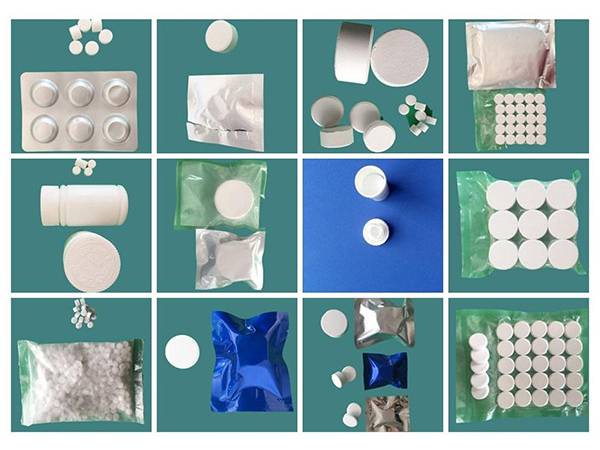



Chlorine Dioxide Chemical Formula - ClO2 Properties and Uses
Chlorine dioxide is an important chemical compound with the formula ClO2. It is a yellowish-green gas at room temperature and is known for its powerful oxidizing properties. Chlorine dioxide has gained attention for its various applications, particularly in water treatment, disinfection, and even bleaching processes.
The unique structure of chlorine dioxide consists of a chlorine atom covalently bonded to two oxygen atoms. This configuration allows it to effectively break down organic contaminants and kill a wide range of microorganisms, including bacteria, viruses, and protozoa. This makes it a favored choice for municipal water treatment facilities, where maintaining safe drinking water is crucial. By using chlorine dioxide, these facilities can reduce the presence of harmful pathogens while also minimizing the formation of toxic by-products that can occur with traditional chlorine disinfection methods.
In addition to water treatment, chlorine dioxide is also employed in industrial applications, including pulp and paper production, where it is used for bleaching purposes. Its ability to eliminate color and whiten materials without the harshness associated with traditional bleaching agents makes it a valuable tool in the industry. Furthermore, chlorine dioxide has been studied for its potential use in agriculture, particularly in post-harvest crop treatment, as it can help reduce spoilage and extend shelf life by effectively disinfecting surfaces and containers.
chemical formula for chlorine dioxide

Despite its many advantages, chlorine dioxide must be handled with care. It can be hazardous if inhaled or if it comes into contact with skin, and its use requires strict safety measures. However, when used appropriately, the benefits far outweigh the risks, making it one of the more effective disinfectants available.
The chemistry of chlorine dioxide continues to be an area of active research. Scientists are exploring novel methods for its generation, stability, and safe application, aiming to optimize its effectiveness in various fields. As we face increasing challenges related to water quality and public health, chlorine dioxide stands out as a critical solution, illustrating the importance of chemical innovation in addressing modern-day issues.
In conclusion, ClO2 is more than just a chemical formula; it represents a versatile and powerful tool in the quest for safer water and effective disinfection
. Its wide range of applications and significant effectiveness underscore the importance of understanding its properties and potential uses in promoting public health and environmental safety.-
How and Why to Disinfect Water Softeners for Safe, Reliable WaterNewsNov.24,2025
-
Effective Deionized Water Disinfectant Solutions for Healthcare & Industrial UseNewsNov.24,2025
-
Commonly Used Disinfectant for Drinking Water – Global Uses & InnovationsNewsNov.23,2025
-
Chemical to Disinfect Water – Essential Solutions for Safe, Clean Drinking WaterNewsNov.23,2025
-
Blue Water Disinfectant: Safeguarding Global Water Quality with InnovationNewsNov.22,2025
-
Bleaching Powder for Water Disinfection – Affordable & Effective Water Treatment SolutionNewsNov.22,2025
-
Bleaching Powder Drinking Water: Effective, Affordable Disinfection WorldwideNewsNov.21,2025










